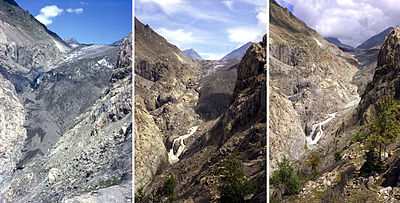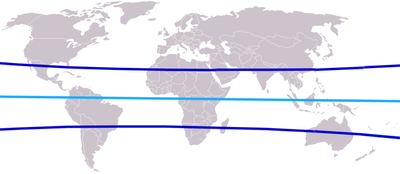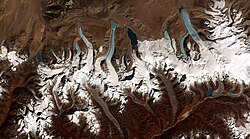McCarty Glacier
Relevante Bilder





























Relevante Artikel
Gletscherschwund seit 1850Seit Mitte des 19. Jahrhunderts ist nahezu weltweit ein deutlicher Rückgang der Gletscher zu beobachten. Dieser Vorgang wird Gletscherschwund oder Gletscherschmelze genannt. Gemeint ist damit ein längerfristiger Massenverlust der Gletscher und nicht die in Gebirgen und Hochlagen alljährlich im Frühling einsetzende Schneeschmelze, auch nicht grundsätzlich das Schmelzen im Zehrgebiet, das bei Gletschern, die sich im Gleichgewicht mit dem Klima befinden, im gleichen Maße wie der Massengewinn im Nährgebiet auftritt. Eine wesentliche Messgröße zur Beurteilung des Gletscherschwunds ist die von Glaziologen erhobene Massenbilanz. Das Verhalten des Gletschers wird durch die Gletscherdynamik beschrieben. Der Gletscherschwund steht insbesondere in Zusammenhang mit der vom Menschen verursachten globalen Erwärmung. .. weiterlesen
